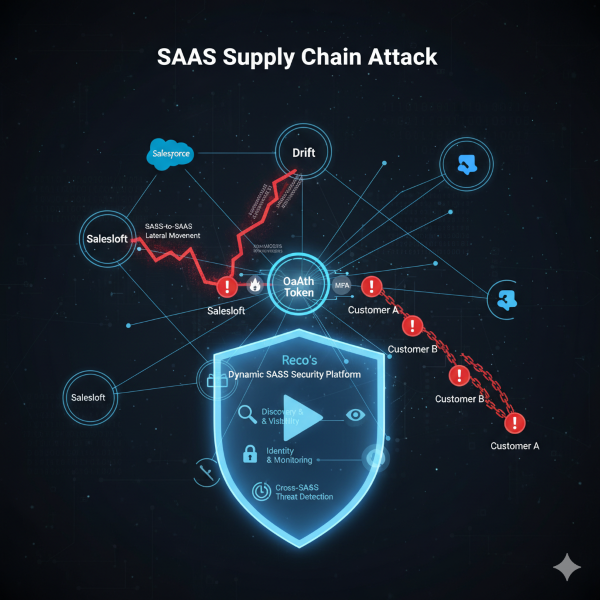supply chain attack
-
What’s New in Cybersecurity This Week: Projects, Videos, Articles & Podcasts I’m Following – 10/6/25
Welcome to my weekly cybersecurity roundup! Here, I share updates on the projects I’m currently working on, along with the most insightful cybersecurity videos I watched, articles I found valuable, and podcasts I tuned into this week. Featured Analysis Featured article analysis: The Salesloft-Drift Breach: Analyzing the Biggest SaaS Breach of 2025 Analysis of The
-
What’s New in Cybersecurity This Week: Projects, Videos, Articles & Podcasts I’m Following – 8/11/25
Welcome to my weekly cybersecurity roundup! Here, I share updates on the projects I’m currently working on, along with the most insightful cybersecurity videos I watched, articles I found valuable, and podcasts I tuned into this week. Featured Analysis Featured article analysis: New York claims Zelle’s shoddy security enabled a billion dollars in scams The



